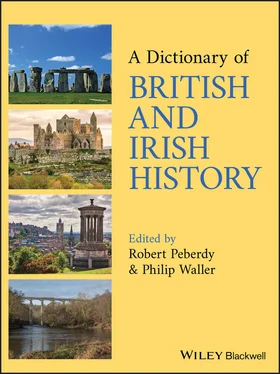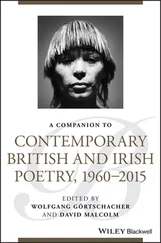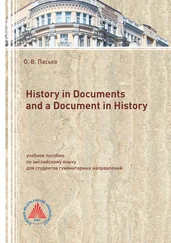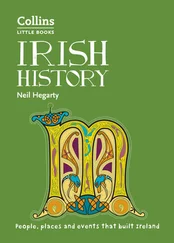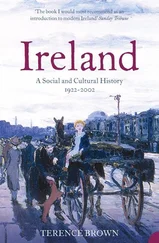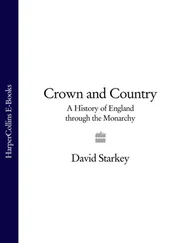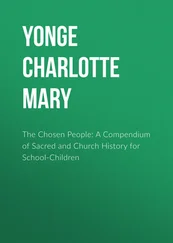BALFOUR, A.J., AND IRELAND
Balfour was (Conservative) CHIEF SECRETARY FOR IRELAND March 1887–Nov. 1891, during the anti‐landlord PLAN OF CAMPAIGN. He responded uncompromisingly, obtaining extra powers with the Criminal Law and Procedure (Ireland) Act (July 1887). After police fired on demonstrators in the ‘Mitchelstown Massacre' (Co. Cork, 9 Sept. 1887), Balfour was dubbed ‘Bloody Balfour'.
Balfour attempted to diminish popular support for Home Rule by promoting land reform and economic development. Measures included the Land Law (Ireland) Act of 1887, Light Railways (Ireland) Act of 1889 and Purchase of Land (Ireland) Act of 1891. The last created the CONGESTED DISTRICTS BOARD. The 1903 Land Act was passed during his premiership. See also HOME RULE MOVEMENT, IRELAND; LAND AGITATION AND REFORM, IRELAND; TRANSPORT COMMUNICATIONS, IRELAND.
BALFOUR DECLARATIONA statement of support for the creation of a ‘national home’ for Jews in PALESTINE made on 2 Nov. 1917 by the British foreign secretary, A.J. BALFOUR, in a letter to Lord Rothschild as a Zionist representative. It also required the safeguarding of non‐Jewish communities. Its purpose was to secure international Jewish support for the Allies in WORLD WAR I. The declaration was implemented when the LEAGUE OF NATIONS made Palestine a British MANDATE (1920), and led eventually to the foundation of ISRAEL. BALFOUR DEFINITIONA statement about the constitutional relationship of Great Britain and its DOMINIONS formulated in 1926 by a committee of dominion prime ministers chaired by Earl BALFOUR. It stated that Britain and the dominions were autonomous and equal in status within the British Empire, though Britain retained some responsibility for foreign affairs and defence. It was later endorsed by the Statute of WESTMINSTER. BALFOUR EDUCATION ACTPopular name for the Education Act of 1902, passed by the UK Parliament for England and Wales under A.J. BALFOUR (as leader of the House of Commons and then prime minister). It transferred the supervision and funding of board and voluntary schools to county, county borough, and some borough and urban district councils, which became ‘Local Education Authorities’ (supervised by the central Board of Education, established 1899). Authorities were authorized to support post‐elementary (or secondary) education. Nonconformists protested about the funding of Church of England schools by ratepayers. See also MORANT, ROBERT; BALFOUR EDUCATION ACT AND WALES; GRAMMAR SCHOOL; EDUCATION, ENGLAND/WALES. BALFOUR EDUCATION ACT AND WALESThe provision in the 1902 Education Act for rate‐based support of Church of England schools in Wales generated hostility because most Welsh ratepayers were nonconformists. Encouraged by David LLOYD GEORGE (a Liberal), county councils refused to comply – action known as the ‘Welsh Revolt'. The (Conservative) British government responded with the Coercion of Wales Act (1904), enabling the Board of Education to assume councils' responsibilities. The controversy diminished with the government's fall in 1905 and the Act was largely implemented. See also EDUCATION, WALES; NONCONFORMITY AND DISSENT, WALES. BALKANS, BRITISH INVOLVEMENT
Prime Minister William PITT the Younger was the first British statesman to express concern at the influence of RUSSIA in SE Europe – in 1788, with the formation of a short‐lived triple alliance against Russia. But the nationalism of Christian peoples subject to the Muslim OTTOMAN EMPIRE made outright British support for the Empire difficult in this aspect of the EASTERN QUESTION. Long‐term British policy aimed at peaceful contraction of Ottoman‐ruled territory in Europe and limitation of Russian gains therefrom. The Royal Navy was ready to defend Istanbul to prevent Russian seizure of the Turkish Straits.
Great Britain helped GREECE to independence (proclaimed 1822) and approved the autonomy of ROMANIA after the CRIMEAN WAR (in treaty of Paris, 1856). Prime Minister Benjamin DISRAELI overturned the treaty of SAN STEFANO at the Congress of BERLIN (1878), but Lord SALISBURY hoped the enlargement of Bulgaria in 1885 would strengthen its resistance to Russian expansion. The subsequent decline of British naval power in the Mediterranean dictated a less active policy. By seeking balance between Russian and Austrian interests, the British foreign secretary Edward GREY worked to contain the Balkan Wars at the Conference of London (1912–13).
In 1918, following WORLD WAR I, a Kingdom of Serbs, Croats and Slovenes was created in the western Balkans with British support (renamed Yugoslavia in 1929). Britain was among the powers drawn into its disintegration in the 1990s ( see YUGOSLAV WARS, BRITISH INVOLVEMENT).
BALLADSSimple songs, with each verse sung to the same melody, which narrate a story, often about love, legendary figures (e.g., Robin HOOD; ROB ROY), or historical events. Documented in England from the 13th century, they flourished throughout the British Isles. Ballads were originally transmitted orally, but in the 16th–19th centuries they were also printed, usually on single sheets or ‘broadsides’. Printing encouraged the writing of new ballads, including socially critical ballads (from the 17th century), and ballads about sensational events. Ballads were spread by emigration to N America and elsewhere. They were collected and edited mainly from the early 19th century. BALLIOL, DERVORGUILLA(b. c.1209; d. 28 Jan. 1290 at Buittle Castle, SW Scotland, aged about 81). A daughter of Alan, lord of GALLOWAY, and his second wife Margaret (eldest daughter of David earl of HUNTINGDON), Dervorguilla married John Balliol (1233). She founded Sweetheart (Cistercian) Abbey (SW Scotland) in his memory (1273) and completed (1282) his foundation for scholars at OXFORD University (see BALLIOL FAMILY). Her royal descent from Earl David enabled their son John BALLIOL to become king of Scots. BALLIOL, EDWARD
(b. c .1283 at Buittle Castle, SW Scotland; d. Jan. 1364, near Doncaster, Yorkshire, England, aged about 80). Eldest son of John BALLIOL (king of Scots 1292–6); claimant to the Scottish kingship.
Having lived abroad during the reign of King ROBERT I (1306–29), Balliol took advantage of the minority of DAVID II to invade E Scotland (Aug. 1332). Victorious at DUPPLIN, he was crowned (24 Sept.) and did homage to King EDWARD III of England (23 Nov.) but was expelled by Dec.
In March 1333 Balliol invaded again and, with Edward's help, was victorious at HALIDON HILL (12 July). He re‐established himself, held a Parliament near Edinburgh (Feb. 1334), but fled to England in late 1334. Another invasion led by Edward and Balliol (July–Aug. 1335) reinstated Balliol, but his supporters lost ground after the battle of CULBLEAN (Nov. 1335) and he was undermined by Edward's war against France from 1337 ( see HUNDRED YEARS WAR). Balliol was driven out by late 1338.
After King David was captured at NEVILLE'S CROSS (1346), Balliol invaded again (May 1347), restoring much of S Scotland to English administration and holding his ancestral castle until 1354. On 21 Jan. 1356, as Edward III prepared to invade Scotland, Balliol resigned his claim. See also DISINHERITED; SCOTTISH–ENGLISH RELATIONS 1290 TO 1357.
BALLIOL, JOHN
(b. c .1250; d. April 1313 at Bailleul, France, aged about 63). King of Scots 1292–6. In 1290 Balliol claimed the vacant kingship of Scotland through his mother, Dervorguilla BALLIOL. He was selected as king by King EDWARD I of England in the GREAT CAUSE. John was inaugurated on 30 Nov. 1292 and did homage to Edward (26 Dec.), recognizing him as overlord of Scotland.
Edward soon restricted John's authority (e.g., by hearing appeals from Scotland in England). In June 1294 Edward demanded military service in France from Scottish magnates. Scots resisted. In July 1295, 12 ‘guardians' took government from John's control and allied with France (23 Oct.; see SCOTTISH–FRENCH ALLIANCE). Edward invaded Scotland (30 March 1296) and defeated John's forces at Dunbar, SE Scotland (27 April). John was deposed (10 July) and stripped of his regalia (from which he was called ‘Toom Tabard' or ‘empty coat').
Читать дальше
